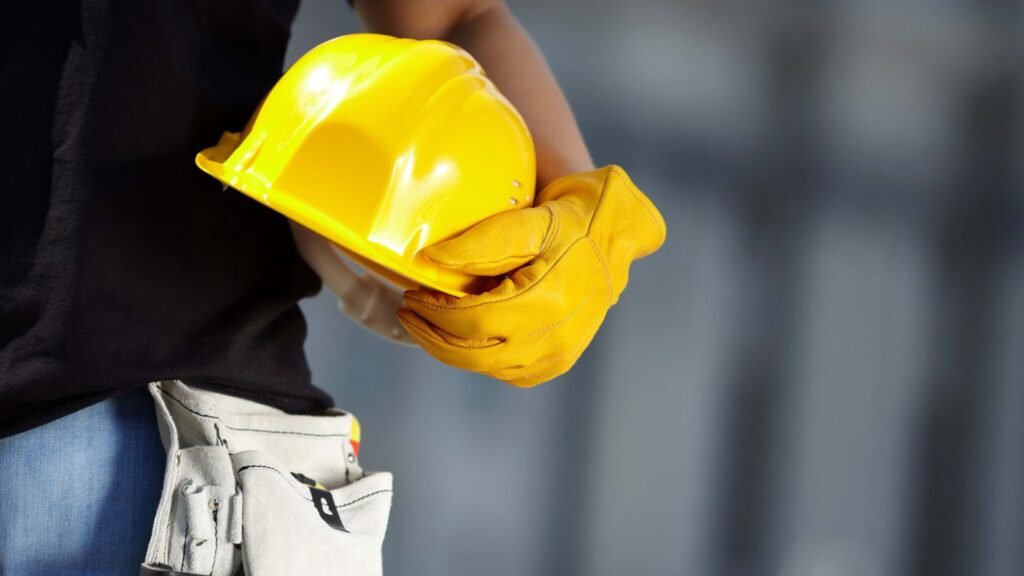Welcome to your complete guide on new build homes in NZ, designed to help you make smarter decisions whether you’re buying your first home, upgrading, or investing. With the rising demand for modern, energy-efficient housing across New Zealand, more Kiwis are turning to new builds for better value, lower maintenance, and peace of mind. But before you dive in, it’s important to understand what new builds really offer, what they might cost, and the pros and cons you won’t find in glossy brochures. In this guide, you’ll get practical insights on everything from house and land packages to regional price trends, common pitfalls, and key questions to ask before committing.
New build homes in NZ are newly constructed residential properties that have never been lived in. They include house and land packages, turnkey homes, or custom builds. Buyers benefit from modern designs, energy efficiency, and low maintenance, making new builds a popular choice for first-home buyers and investors across New Zealand.
Table of Contents
What Are New Build Homes In NZ?
New build homes in NZ are residential properties that are newly constructed and have never been lived in before. These homes are built from the ground up and must comply with the most recent New Zealand Building Code standards. For many buyers, a new build is appealing because it offers a fresh start, no previous wear and tear, and the latest in modern design, insulation, and energy efficiency. In most cases, new builds are designed to reflect current lifestyle needs, including open-plan living, double glazing, and sustainable materials.
There are several types of new build homes available in New Zealand. The first is off-the-plan, where buyers purchase a home before it’s built, based on architectural plans and developer specifications. This option allows for some degree of customisation, such as choosing finishes or layout adjustments, depending on the developer. Another option is a turnkey home, which is fully completed and ready to move into, with no extra work required. Buyers pay a fixed price, and the builder manages the entire construction process. Then there’s the house and land package, where buyers purchase a section of land and choose from a range of pre-designed homes to be built on that land. This approach is popular in new subdivisions and growing urban fringes.
It’s important to know what is included in a new build and what is not. Most new builds will include essential structural elements, fixtures, fittings, kitchen appliances, bathrooms, and flooring. Some turnkey homes also include window treatments and landscaping. However, not everything is always part of the package. Extras like fencing, driveways, decks, letterboxes, or garden beds may not be included in the base price and could result in additional costs. Always review the contract carefully and ask for a full list of inclusions and exclusions before signing.
New build homes in New Zealand offer clear advantages for buyers seeking a modern, low-maintenance property. But understanding the different types available and what comes with each build helps avoid unexpected costs and ensures you get the home you expect.

Pros Of Buying A New Build Home
Choosing a new build home in New Zealand comes with several practical benefits, especially for buyers who value convenience, long-term savings, and modern living standards. Below are key advantages of purchasing a newly built property, explained in plain terms so you can decide if it’s the right fit for you.
Low Maintenance
One of the biggest perks of buying a new build is that everything is brand new. That means you won’t be dealing with outdated wiring, leaky roofs, or worn plumbing. Builders use the latest materials and construction methods, so you’re less likely to face unexpected repairs or costly maintenance for several years. This is ideal for first-home buyers or families who want to move in without the hassle of renovations.
Modern Features And Energy Efficiency
New build homes are designed to meet today’s standards for comfort and energy use. They often come with features like double-glazed windows, insulation in walls and ceilings, heat pumps, and LED lighting. These upgrades can significantly reduce your energy bills while keeping your home warm in winter and cool in summer. Many new builds also include open-plan living spaces, integrated smart-home technology, and modern kitchen appliances.
Customization Options
When you build or buy off the plan, you often get the chance to choose layouts, color schemes, finishes, and even appliances. This allows you to create a space that reflects your personal style and fits your lifestyle. For example, you might want a bigger kitchen island, an extra bathroom, or specific flooring materials. Having a say in the final look and layout of your home is something older properties can’t offer without costly renovations.
Lower Initial Repair Costs
Since everything from the foundation to the roofing is brand new, the chances of needing repairs in the first few years are very low. Builders usually offer warranties, which can cover structural defects and workmanship for up to 10 years. This means fewer surprises and more predictable expenses as you settle into your home. Compared to older homes, where issues like mold, leaks, or failing systems might surface within months, a new build gives you peace of mind.
Compliance With NZ Building Code
All new build homes in New Zealand must meet the current NZ Building Code, which ensures high safety, durability, and health standards. This includes regulations on insulation, drainage, fire protection, and more. You can rest easy knowing that your home is built to meet modern legal requirements. This also adds value to your property and reduces the risk of legal or compliance issues down the road.
Real Example: A First-Home Buyer In Hamilton
Take the example of Sarah, a first-time buyer in Hamilton who purchased a house and land package in a new development. Her home included double glazing, full insulation, and a heat pump, all covered in the package price. She was able to select a layout that included a home office, which became essential when she started working remotely. Since moving in, Sarah has had no major maintenance costs, and her power bill is half of what she paid in her previous rental. Her builder also provided a 10-year Master Build Guarantee, giving her added confidence.
Buying a new build is not just about getting a fresh start. It’s about long-term value, personal comfort, and fewer headaches along the way. Whether you’re entering the market or planning your next move, the benefits of a new build make it worth considering.
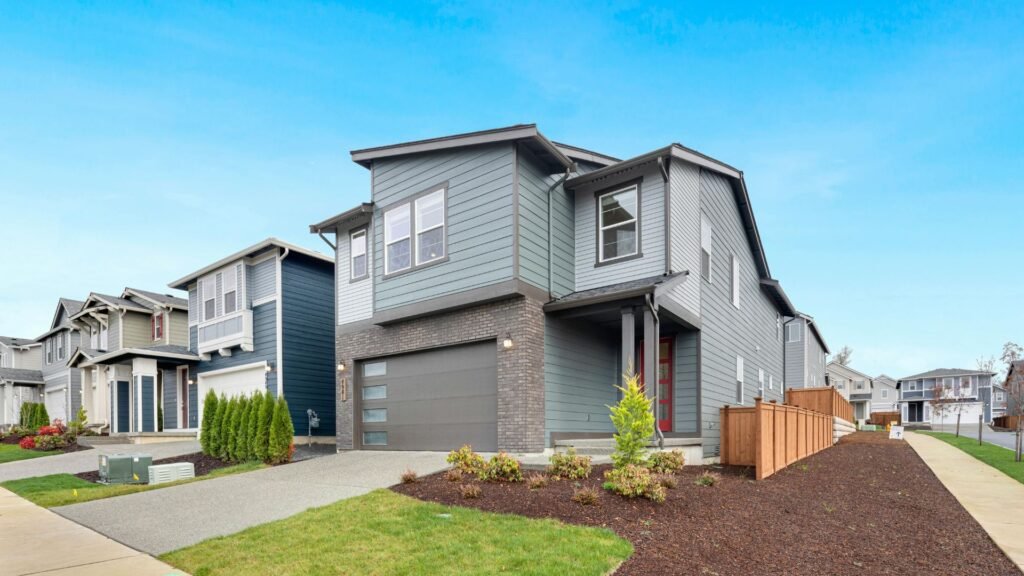
Downsides To Watch Out For
While new build homes in NZ come with plenty of advantages, it’s important to look at the full picture before you commit. Like any major purchase, there are potential drawbacks that can affect your timeline, budget, and long-term satisfaction. The goal isn’t to discourage you, but to give you the insight you need to make a confident decision. Let’s look at some of the most common downsides you should keep in mind.
Delays In Construction
Construction delays are one of the most frequent challenges buyers face with new builds. These delays can be caused by a range of factors, bad weather, material shortages, contractor schedules, or council approval hold-ups. While most builders provide an estimated completion date, it’s not uncommon for builds to go over by weeks or even months. If you’re renting or selling your current home, these delays can create added stress or temporary accommodation costs. The best way to manage this risk is to have flexible move-in plans and regular communication with your builder.
Limited Negotiation On Price
Unlike existing homes, where there’s often room to negotiate based on market value or needed repairs, new builds usually come with fixed pricing. Developers and builders tend to standardize their pricing structures, especially for house and land packages. While this can make budgeting easier, it also means you may have limited leverage to reduce costs, even if you’re paying in cash or making few custom changes. That said, some builders may offer extras or small upgrades as incentives, so it’s always worth asking.
Smaller Section Sizes In Subdivisions
Many new build homes are part of modern subdivisions designed for high-density living. This often means smaller land sizes compared to older properties. You may get a beautifully designed house, but with less outdoor space for gardens, entertaining, or future extensions. If space is a priority, especially for families with children or pets, it’s important to look closely at the section layout and consider how it fits your lifestyle now and in the future.
Uncertain Neighbourhood Growth
New subdivisions or developments don’t always have a proven track record. You might be buying into an area that looks promising on paper, but without existing schools, public transport, or shops, it could take years before the area reaches its full potential. This can affect your lifestyle in the short term and your property’s resale value down the line. Always research planned infrastructure and council zoning to see if the area aligns with your long-term goals.
Unexpected Costs
While many buyers focus on the base price, it’s easy to overlook the extras that aren’t always included in a new build. Things like driveways, fencing, landscaping, curtains, and light fittings can quickly add up. These are often left out of turnkey pricing to keep the advertised cost attractive, but they still need to be covered before you move in. Ask your builder for a full list of inclusions and exclusions. That way, you won’t be surprised by hidden costs once the keys are in your hand.
Being aware of these potential downsides doesn’t mean you should avoid buying a new build. Instead, it helps you plan better, ask the right questions, and choose a home that fits your budget and expectations. Every housing option has trade-offs, it’s all about finding what matters most to you.

New Build Home Costs In NZ (2025 Snapshot)
Understanding the cost of new build homes in New Zealand is one of the most important steps for buyers and investors in 2025. Prices vary based on location, size, type of build, and the materials used. Whether you’re considering a house and land package or planning to build on your own section, having a clear picture of current market rates and cost factors will help you make better financial decisions.
Average Cost Per Square Metre In 2025
As of 2025, the average cost to build a new home in New Zealand sits between $2,800 and $3,500 per square metre. This range depends heavily on the type of build, finishes, and region. A basic, single-level home in a regional area may start at the lower end, while a high-spec home in a major city could go well above $3,500 per square metre.
For a standard 150m² home:
- Basic build: Around $420,000
- Mid-range build: $480,000–$525,000
- High-end build: Up to $600,000+
These estimates often exclude site preparation, landscaping, driveways, or consent fees, so always ask for a full breakdown from your builder.
Regional Breakdown Of New Build Costs
Building costs differ significantly across New Zealand due to labour availability, local demand, and land prices.
- Auckland: The most expensive region, with average build costs around $3,500–$4,000/m², mainly due to labour demand and compliance costs.
- Wellington: Slightly lower than Auckland, around $3,200–$3,800/m², depending on suburb and site conditions.
- Christchurch: More affordable, typically $2,800–$3,200/m². Flat land and good access keep prices stable.
- Hamilton: Mid-range costs of around $3,000–$3,400/m², with strong growth in suburban developments.
Prices also depend on whether you’re building in new subdivisions, rural plots, or established areas with infrastructure.
House And Land Packages Vs Building On Your Own Land
House and land packages offer a fixed price for a fully built home on a developer-owned section. They’re easier to finance and come with fewer surprises. Builders often use pre-consented designs, which can speed up construction and reduce council delays.
Pros of house and land packages:
- Predictable pricing
- Shorter approval time
- Often includes turnkey features like fencing and driveways
Cons:
- Less flexibility in design
- Maybe in outer suburbs or new developments
Building on your own land allows more customisation, but can introduce hidden costs like:
- Site excavation and preparation
- Custom design fees
- Utility connections and driveway construction
While you gain design control, you must budget carefully to avoid overruns.
What Influences The Cost Of A New Build?
Several factors can impact your final build cost in 2025:
- Materials: Timber, steel, and concrete prices fluctuate due to global supply and local demand.
- Labour: Skilled trades are in short supply in some regions, which drives up costs.
- Design complexity: Multiple stories, sloped sites, and custom designs cost more.
- Building code changes: Compliance with updated regulations, such as insulation and energy ratings, adds to the total.
- Inflation and supply chain issues: Rising interest rates and supply delays still affect material costs in 2025.
You can control some of these by choosing standard designs, building in growth regions, and selecting mid-range finishes.
Simple Overview Of Build Costs In 2025
| Region | Average Cost/m² | Total for 150m² Home |
| Auckland | $3,500–$4,000 | $525,000–$600,000+ |
| Wellington | $3,200–$3,800 | $480,000–$570,000 |
| Christchurch | $2,800–$3,200 | $420,000–$480,000 |
| Hamilton | $3,000–$3,400 | $450,000–$510,000 |
These are indicative figures and can vary based on the builder, section type, and contract terms. Always request a detailed quote with all inclusions clearly listed.
By understanding these costs, comparing your options, and asking the right questions, you’ll be better equipped to plan your new build project in NZ with confidence.
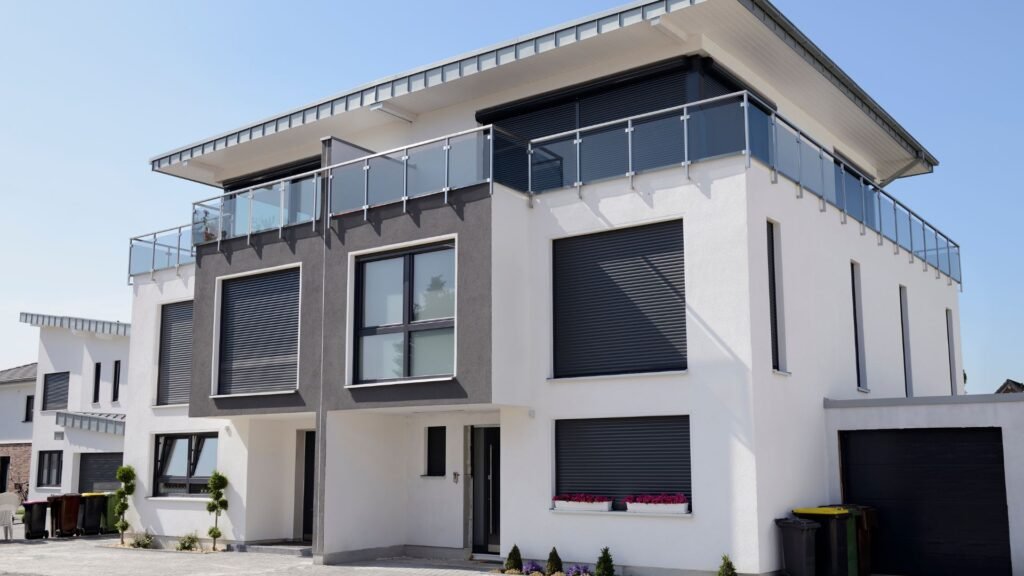
First Home Buyers & Government Support
Buying your first home is a major step, and for many Kiwis, the dream of homeownership starts with a new build. The New Zealand Government has introduced several initiatives to support first home buyers, particularly those looking at new build properties. These programmes aim to ease financial pressure and help more people get onto the property ladder. Here’s how they work and what you need to know.
KiwiBuild And Other Government Initiatives
KiwiBuild is a government-led programme focused on increasing the supply of affordable new homes in key areas like Auckland, Wellington, and Christchurch. These homes are typically available to eligible first home buyers or those who haven’t owned property in the last five years. KiwiBuild homes are priced below market rates, and buyers must meet income and residency criteria. The goal is to make it easier for working individuals, couples, and families to buy new homes without being priced out of the market.
In addition to KiwiBuild, Kāinga Ora offers various support tools such as shared ownership and First Home Partner schemes. These help buyers purchase a home with government support in exchange for partial ownership, which can be bought out over time.
First Home Grant (If Applicable)
The First Home Grant is another useful support option for eligible first home buyers. If you’ve been contributing to KiwiSaver for at least three years, you may qualify for up to $10,000 toward a new build home. The amount depends on whether you’re buying individually or as a couple, and the type of property you’re purchasing.
To qualify, you must meet certain income caps, and the property must fall within the regional price caps set by the government. New builds often have higher caps than existing homes, making it easier to apply the grant toward new developments. This grant can significantly reduce the upfront costs of buying your first home.
New Build Exemptions From Loan-To-Value Ratio (LVR) Restrictions
In New Zealand, the Reserve Bank places loan-to-value ratio restrictions on banks to manage financial stability. These rules limit the percentage of a home’s value that can be borrowed. However, new build properties are generally exempt from these LVR restrictions.
This means that banks are often more flexible with deposit requirements when you’re buying a new build. For example, you might only need a 10% deposit compared to the typical 20% required for existing homes. This exemption provides first home buyers with more options and lowers the barrier to entry into the property market.
Common Questions Answered Clearly
Many first-time buyers have similar concerns. Can I afford a new build? Will I qualify for the grant or LVR exemption? What happens if construction is delayed? These are valid questions, and the answers depend on your financial situation, credit history, and the developer you choose.
Here’s what to keep in mind:
- Always get pre-approval from your lender before committing to a new build.
- Confirm that the developer or home qualifies for government support.
- Read the contract carefully to understand what’s included and what isn’t.
- Talk to a mortgage adviser to ensure you’re getting the best possible financing options.
By understanding and using available government support, first home buyers in New Zealand can make more informed decisions, reduce financial stress, and move one step closer to owning a modern, affordable home. Whether you’re exploring KiwiBuild homes, applying for the First Home Grant, or using LVR exemptions to secure financing, the support is there, you just need to know where to start.
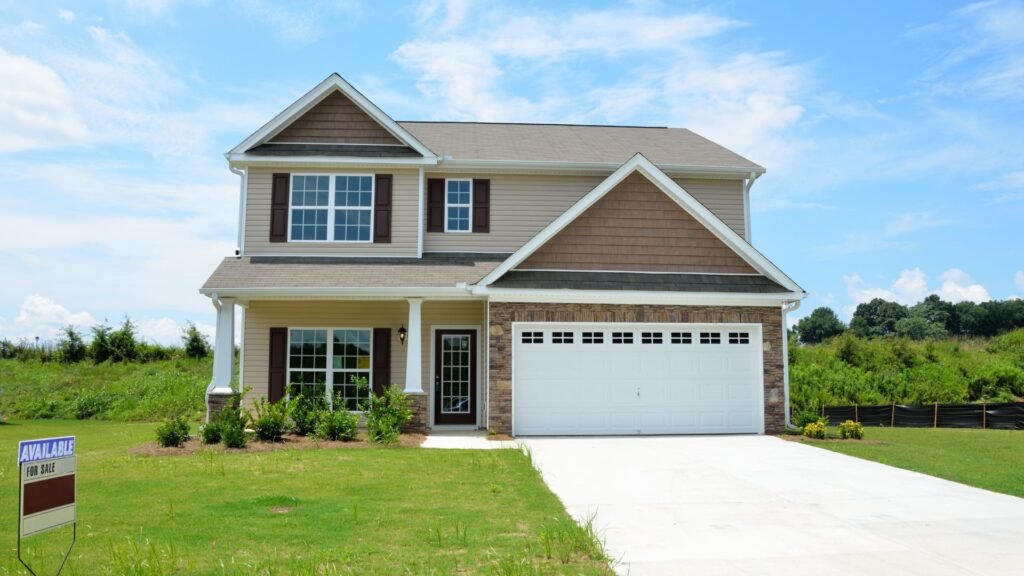
Where To Find New Build Homes In NZ
If you’re planning to buy a new build home in New Zealand, knowing where to look can save you time, money, and stress. Location plays a major role in property value, lifestyle, and future resale potential. Each region in NZ offers something different, whether you’re after city convenience, suburban peace, or investment opportunities. Here’s a breakdown of the top areas to explore and how to find trusted listings.
Auckland: High-Demand Areas And Upcoming Developments
Auckland continues to lead the way in new housing demand, especially in outer suburbs where land is more readily available. Popular spots for new builds include Flat Bush, Papakura, Westgate, and Hobsonville Point. These areas are seeing a surge in master-planned communities, often designed with schools, parks, and shopping centers already in place.
While central Auckland has limited space for new builds, developments in the south and northwest are growing rapidly. These homes appeal to both investors and first-home buyers who want proximity to the city without paying inner-city prices. Look for house and land packages from developers like Fletcher Living or Classic Builders, who have a strong presence in these areas.
Christchurch: Rebuild Zones And New Suburbs
After the earthquakes, Christchurch has seen a significant transformation, with entire suburbs rebuilt to meet modern safety and building standards. Areas like Halswell, Wigram, and Rolleston are known for offering new build homes with larger sections and community-focused layouts.
The city also offers good value for money, making it attractive to families and retirees. With infrastructure upgrades and new transport routes underway, buying in Christchurch can offer both comfort and long-term capital growth. Trusted agencies like Mike Greer Homes often have a wide selection of new builds in this region.
Hamilton & Tauranga: Growth Areas For Families
Hamilton is one of New Zealand’s fastest-growing cities, thanks to its location on the Golden Triangle between Auckland and Tauranga. Suburbs like Rototuna, Flagstaff, and Peacocke are experiencing consistent residential development, attracting young families due to good schools and expanding amenities.
Tauranga, known for its coastal lifestyle, also has strong demand for new build homes. Papamoa and The Lakes in Pyes Pa are key areas to watch. These suburbs combine beach access with modern living, which makes them ideal for both owner-occupiers and long-term rental investments.
Both cities benefit from ongoing infrastructure investment and offer a good balance between affordability and lifestyle. Developers like GJ Gardner and Generation Homes are commonly active in these areas.
Wellington: Suburban Vs Urban Choices
Wellington’s hilly terrain and compact layout limit large-scale developments, but there are still solid opportunities in the outer suburbs. Look to areas like Upper Hutt, Porirua, and Churton Park, where land is more available and builders are actively working on new subdivisions.
These suburbs offer better transport access and improved affordability compared to inner-city Wellington, where new build availability is limited. Urban buyers might consider smaller townhouse developments or apartments closer to the CBD, but options are fewer and often come at a higher price point.
The Wellington region is ideal for professionals and small families seeking modern living without leaving the capital region. Look out for new projects listed by Jennian Homes or Signature Homes in the area.
Where To Search For New Build Listings
To find verified listings, head to trusted property platforms like:
- realestate.co.nz – Filter by “New Builds” to see homes that are move-in ready or under construction.
- OneRoof.co.nz – Offers detailed suburb insights along with new build options across the country.
These platforms allow you to view floor plans, compare prices, and contact developers directly. You can also register for updates on future releases, which helps you stay ahead in fast-moving markets.
Whether you’re looking to buy in Auckland, Christchurch, Hamilton, Tauranga, or Wellington, taking the time to research each region will help you make the right choice based on your budget, lifestyle, and future goals.
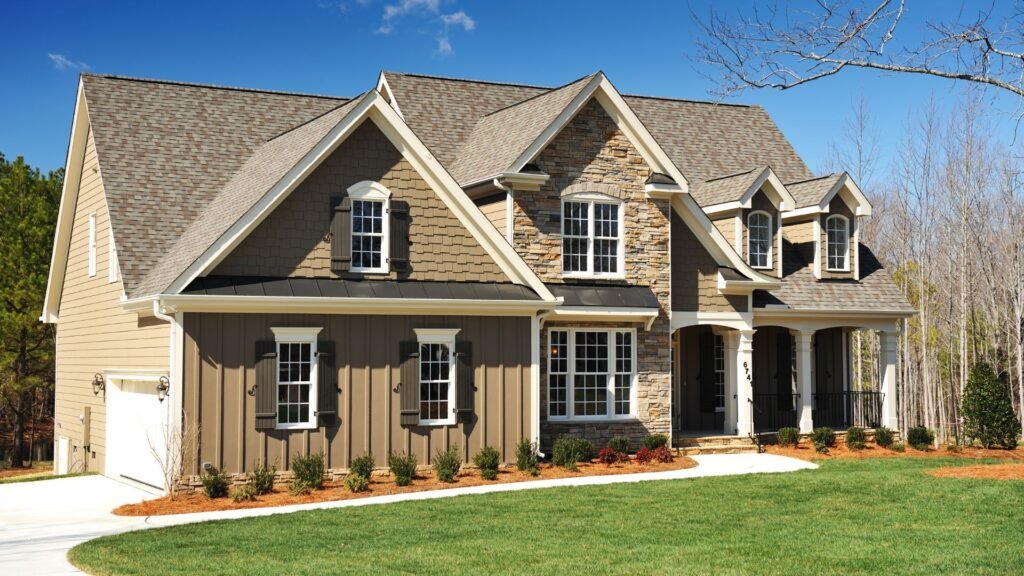
Tips For Working With Builders & Developers
Choosing the right builder or developer for your new build home in NZ can make or break your experience. Whether you’re going for a house and land package or a custom design, it’s important to work with professionals you can trust. Below are essential tips to help you navigate the process confidently and avoid costly mistakes.
- Check Reviews And Previous Builds
Before you commit to any builder or developer, research their past work. Look for independent reviews on trusted platforms and pay close attention to recurring complaints. Ask to see completed homes they’ve built recently. If possible, speak to past clients directly about their experience. A reputable builder should be proud to show you their portfolio and offer references. This step gives you a clear idea of their craftsmanship, reliability, and professionalism. - Read The Fine Print
Many new build buyers run into issues because they didn’t fully understand the contract. Every line matters. Carefully review what’s included in the quoted price, some contracts exclude essentials like driveways, fencing, or landscaping. Ask questions if anything is unclear, and don’t feel rushed to sign. Look for potential clauses that allow cost increases or changes to the timeline. Knowing your contract inside and out protects you from nasty surprises later on. - Don’t Skip Pre-Settlement Inspections
Once the home is built, a pre-settlement inspection allows you to identify any defects or unfinished work before final payment is made. Always do this in person and bring a checklist. Inspect everything, paintwork, fixtures, flooring, plumbing, power points, and appliances. Take photos and request written confirmation of any issues that need fixing. Skipping this step could leave you responsible for problems that should have been resolved before handover. - Ask About Warranties And Aftercare
New builds usually come with warranties, such as a 10-year structural guarantee or workmanship cover. Make sure you understand exactly what’s covered, for how long, and how to make a claim. Ask about what happens if there are defects after you move in. A reliable builder will have a clear aftercare process in place and should be willing to fix issues within a reasonable timeframe. Don’t assume all builders offer the same level of support, get it in writing. - Use A Solicitor To Review Contracts
A property solicitor or conveyancer should review every document before you sign. This is non-negotiable. Legal professionals can flag risky clauses, explain your rights, and make sure the terms are fair. They can also assist with progress payments, title checks, and settlement documents. While it’s an extra cost upfront, it can save you thousands later if something goes wrong. Never rely solely on the builder’s sales rep to explain legal details.
Working with the right builder is a key step in turning your dream home into a reality. Take your time, ask the right questions, and never skip due diligence. These tips will help you avoid stress, delays, and financial loss, so you can move into your new build home with confidence.

Is A New Build Right For You?
Deciding between a new build and an existing home in New Zealand comes down to more than just budget. Your lifestyle, goals, and preferences all play a part. Understanding the differences between new build homes and older properties can help you make a smarter, more confident choice, especially if you’re buying your first home or making a long-term investment.
New Build vs Existing Homes
New build homes in NZ offer modern layouts, updated insulation, double glazing, and efficient heating systems. These homes often meet the latest building codes, making them safer and more energy-efficient. You’ll typically get better air flow, new appliances, and smart home-ready features.
On the other hand, existing homes may offer larger sections, established gardens, and character details that new builds sometimes lack. Older homes can be more affordable initially, but often require renovations or upgrades. That means more time, effort, and unexpected costs, especially for things like roofing, plumbing, or insulation.
Does It Fit Your Lifestyle?
If you value a low-maintenance home and want everything brand new with warranties, a new build might suit you well. Families often appreciate the safety features, modern kitchens, and open-plan living spaces. Couples or singles may like the convenience of move-in-ready homes in new developments close to shops and schools.
Existing homes can work better for those who enjoy DIY, renovating, or customizing a property to suit their unique style. These homes might also offer more mature trees, larger outdoor areas, and flexibility in how you use the space.
Think About Your Financial Position
New builds may come with a higher upfront cost, but they usually have lower ongoing expenses. Less maintenance, better insulation, and warranties mean fewer surprise bills. Some buyers also qualify for government support schemes like the First Home Grant when buying new.
If your budget is tight and you’re willing to take on renovation work, an existing home could offer better value. Just make sure to factor in the cost of repairs and updates.
Long-Term Goals Matter
Ask yourself: Is this your forever home, a first step on the ladder, or an investment? If you plan to rent it out in the future, new builds tend to attract better tenants due to their modern features. If it’s your forever home, think about the layout, neighborhood growth, and whether the home can grow with your needs.
Know What You Value
If you value low maintenance, modern design, and peace of mind, a new build is likely the better fit. If you’re more focused on character, outdoor space, and customization, an existing home may be the smarter path. Whichever option you choose, make sure it aligns with your lifestyle, financial reality, and future plans. That’s the key to making a choice you won’t regret.
Ready to explore new build homes in NZ? Visit us to find trusted builders, compare packages, and start your home journey with confidence.
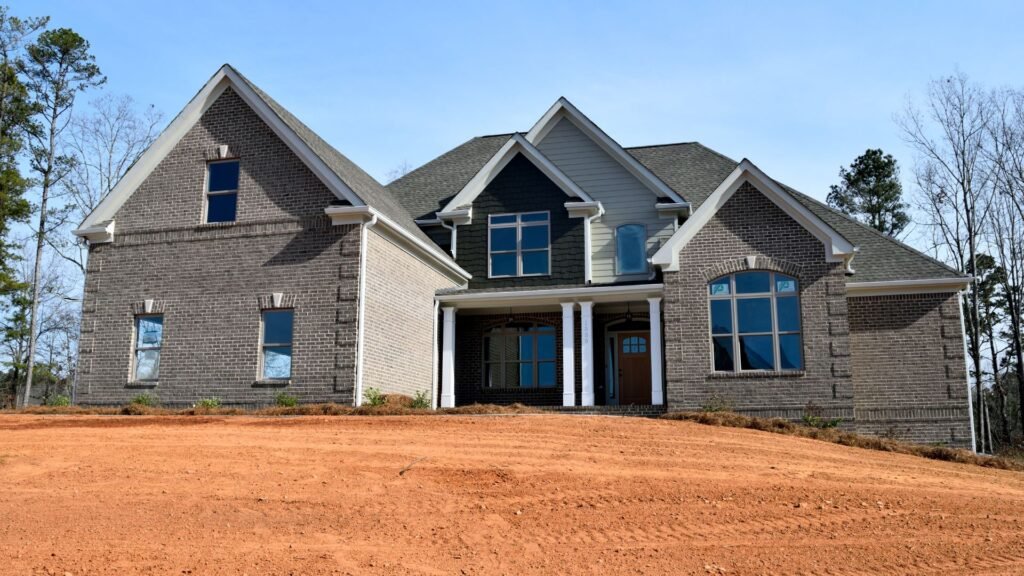
FAQs: About New Build Homes In NZ
What is considered a new build home in New Zealand?
A new build home in NZ refers to a property that has been newly constructed and has not been previously occupied. It includes homes built on vacant land, house and land packages, and turnkey properties. These homes must meet current building code standards.
Are new build homes more expensive than existing homes?
New builds can sometimes cost more upfront due to modern materials and finishes. However, they often save buyers money in the long run through energy efficiency, lower maintenance, and fewer immediate repairs.
What are the benefits of buying a new build home in NZ?
Benefits include lower maintenance, customisable features, modern insulation and energy efficiency, new appliances, and compliance with the latest building standards. Many also come with warranties for peace of mind.
What are the risks or downsides of buying a new build?
Risks may include construction delays, smaller section sizes, limited ability to negotiate prices, potential developer issues, and unexpected costs for extras like landscaping or fencing.
Can I use the First Home Grant to buy a new build in NZ?
Yes, eligible buyers can use the First Home Grant to purchase a new build, provided the property meets the price cap requirements and the buyer meets income and contribution criteria.
How long does it take to build a new home in New Zealand?
The typical build time ranges from 6 to 12 months, depending on the size of the home, location, and builder availability. Delays can occur due to weather, supply shortages, or council approvals.
What is a turnkey home, and how is it different?
A turnkey home is fully completed by the builder, including everything from flooring to appliances. Buyers simply “turn the key” and move in, unlike custom builds where buyers manage parts of the process.
Are new build homes better for investment purposes?
Yes, many investors prefer new builds due to lower ongoing maintenance costs, tax incentives (such as interest deductibility on new builds), and tenant appeal due to modern features and energy efficiency.
Do new build homes come with warranties?
Most new builds come with a 10-year Master Build Guarantee or similar warranty that covers structural issues, workmanship, and materials. Buyers should confirm warranty details with their developer.
How can I find reputable builders for a new build in NZ?
Start by checking registered master builders, reading reviews, visiting show homes, and asking for examples of past projects. Always verify their credentials, contracts, and timeline expectations before signing anything.
Conclusion
Buying a new build home in NZ can be a smart move if you’re looking for modern features, lower maintenance, and energy-efficient living, but it’s not without its challenges. While the benefits are clear, such as compliance with updated building codes, fresh materials, and customizable designs, you still need to be mindful of potential risks like unexpected delays, hidden costs, or dealing with less experienced developers. Always take the time to research builders, read the fine print in contracts, and compare what’s included in different packages before making a decision. If something feels unclear, don’t hesitate to ask questions or seek professional advice. Doing your homework now can save you from costly mistakes later. If you have questions about new build options in your area or want help reviewing your choices, feel free to leave a comment or get in touch with a local expert who understands the market.


